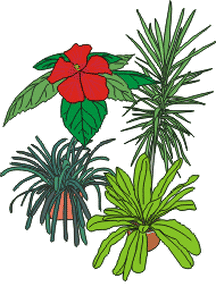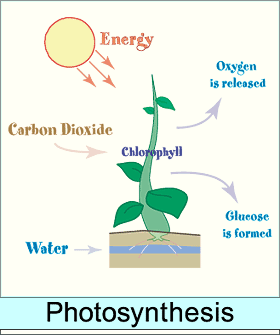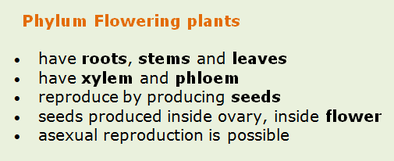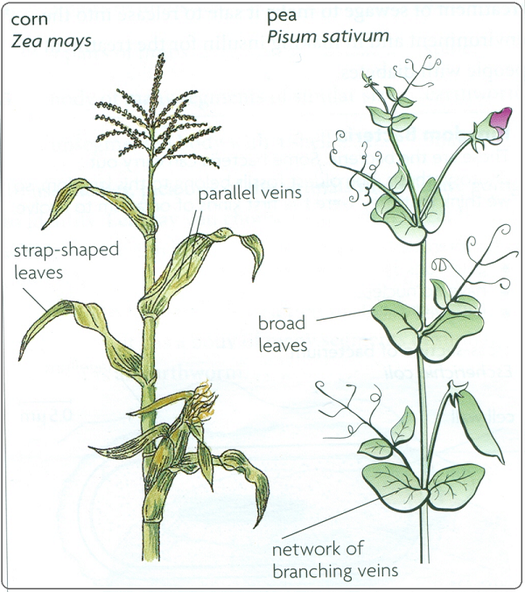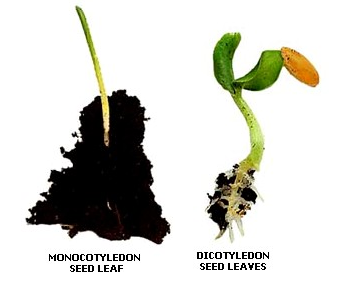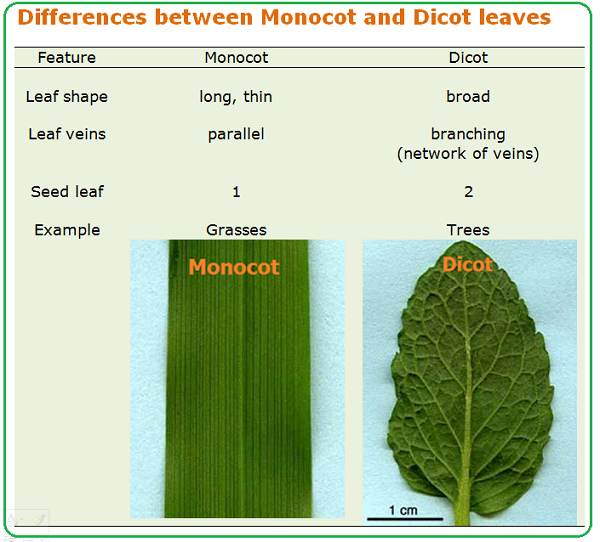#8: Plant Kingdom
Plants are multicellular organisms, with cell wall made of cellulose. They include small organisms such as mosses, ferns and flowering plants.
At least some parts of a plant are green, thanks to pigment chlorophyll. Chlorophyll absorbs energy from sunlight for plant to make glucose, using CO2 and H2O from environment. This is called photosynthesis.
They are divided into 2 groups, depending on number of seed leaves (Cotyledon):
- Monocotyledonous (Monocots)
- Dicotyledonous (Dicots)

